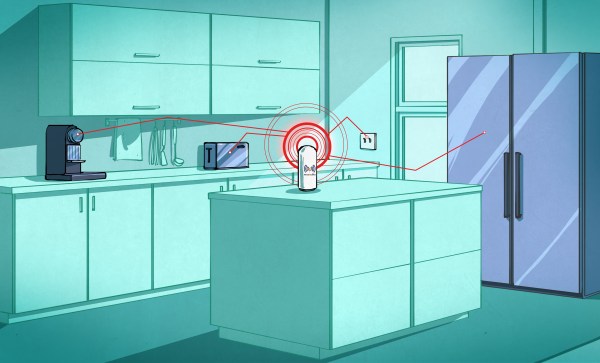LCDs come in a lot of sizes, and there’s a lot written about pushing pixel data out to larger displays. Smaller LCDs, like the 4, 5 and 7 inch variety, aren’t used much, because no one seems to know how to drive the things. For [Joe]’s Hackaday Prize Entry, he’s creating an open source interface for tiny LCDs, making it easy and cheap to add one to everything with an HDMI port.
[Joe]’s Open LCD Interface comes on two boards, with the first providing connections to an LCD, all the power circuitry required, and a bunch of pads to break out every IO line. The second part of the puzzle is a decoder that takes HDMI signals and drives a small LCD.
HDMI decoders are nothing new to the world of hobby electronics – there are multiple projects that give the BeagleBoard a display through HDMI. Even Adafruit sells one of these converters. [Joe]’s board has another trick up its sleeve, though: it can give any microcontroller a high-resolution display, too.
There’s another module that connects to [Joe]’s breakout board that turns the LCD into an SPI display. This means any microcontroller can drive a high-resolution display. It’s fast, too: in the video below, [Joe]’s SPI display can push pixels at least as fast as any other microcontroller-based display we’ve seen.
It’s a great project, and a by opening up the doors to millions of cheap LCDs on eBay and Alibaba, [Joe] has a great entry for the Hackaday Prize on his hands.
Continue reading “Hackaday Prize Entry: Adding HDMI To Small Displays”

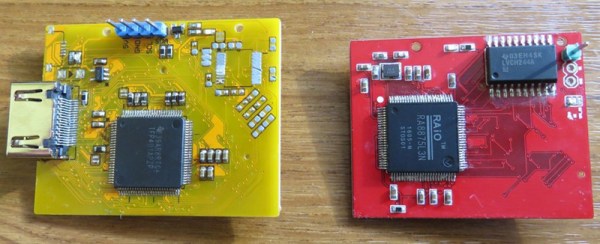


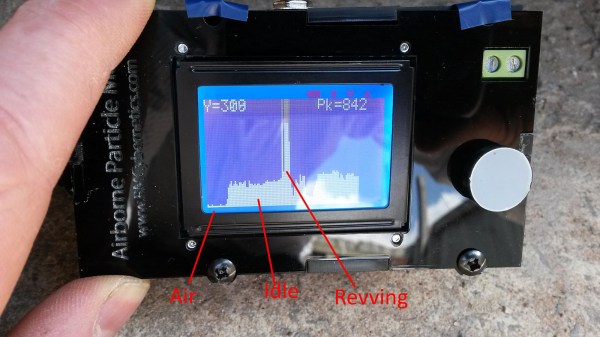
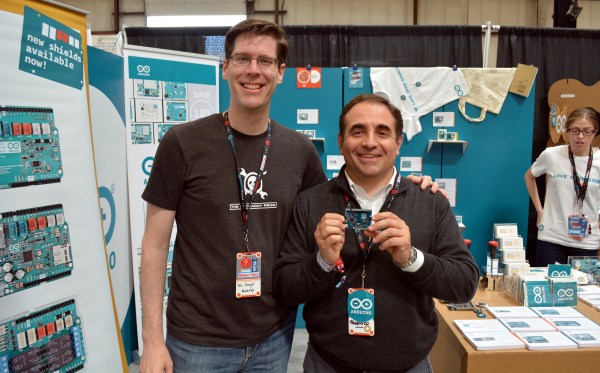
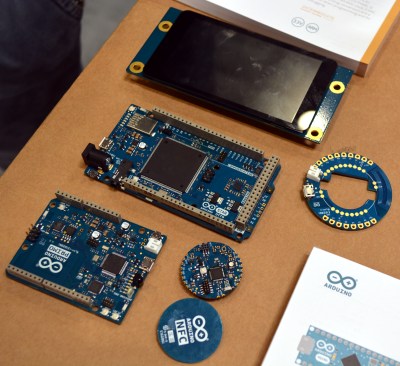 The new boards are called Arduino Primo, Arduino Core, Arduino Alicepad, and Arduino Otto.
The new boards are called Arduino Primo, Arduino Core, Arduino Alicepad, and Arduino Otto.